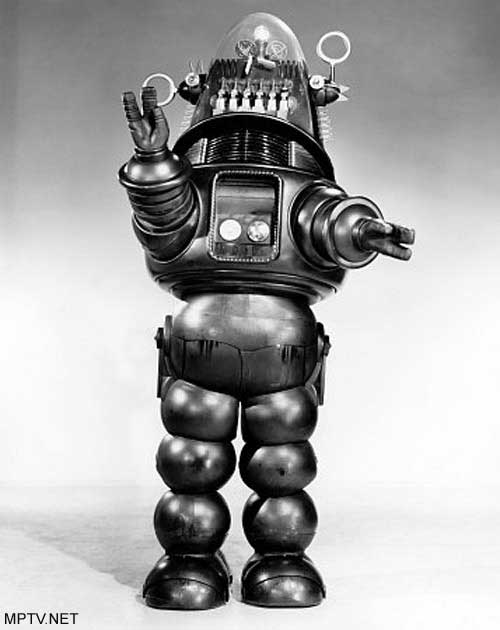Do not use this template for the Project 1 individual reports.
You only need to answer the questions directly for those.
The final report should follow the standard format for a scientific paper. You can use the template below:
A Title that is Meaningful and Engaging
Fred Nurke and Jim Moriarity
School of Computer Science and Engineering
The University of New South Wales
Sydney NSW 2052
Australia
For the purpose of this report, also include your zID and for any report or thesis, you should also state that it is submitted as part of the assessment for the subject, in this COMP3431/9431
Abstract
The abstract should summarise what the project is about, the methods used and the main findings. For a paper, the abstract is usually just a paragraph. For a longer report or thesis, it could be half to one page long, but no more.
Introduction
The introduction is a longer summary of the paper. It should include the following:
- A clear statement of the problem being addressed
- What are the main contributions of your work (if this were a research paper, you'd be making a statement about the originality of the research, in your case, talk about the methods you used and anything interesting that you think you did).
- Summarise the results, i.e. what worked and what didn't and how well did your system do in your evaluations
- Summarise the contents of the remaining sections, so the reader knows where you are heading.
Background and Related Research
This section should summarise prior work on the topic of your report. Nothing you do happens in a vacuum. Someone else has almost certainly research that can help your work or takes an alternative approach that you should compare against. If this were a research paper, you'd also highlight the differences between what you are attempting and previous work. In this project, we don't require original solutions, but you might talk about topics you read about that are interesting as far as what works or not, what approach is simpler easier.
If the reader needs any specialised knowledge to understand the rest of the report, that should be described here. Give enough information that the reader can follow your report, but for details, refer the reader to the source material, given in your references at the end.
Theory or Main Principles
You can choose a more appropriate title, but this section should describe what you have done, in an implementation independent manner. For example, if you are doing in anything in vision, manipulation, mapping, planning, etc, you can describe your algorithms in high-level pseudo-code, that is easier to explain than going through the actual code in detail. If there is any theory behind your work, that should be described here.
This section is often the heart of a scientific paper as it describes that important ideas that underpin any experimental work.
Implementation
Describe important implementation details. You don't have to go through your code line-by-line, but for this project, we do want to know what ROS nodes you've used, which ones you've written yourselves, and how they are connected. Putting in a GraphViz diagram is a good idea. Go into more detail for the nodes you've written,
Also of interest for this subject is your experience with the packages you've used. What worked? What didn't? How easy were they to use. Did you have to do anything special to make them work, especially undocumented tricks?
Evaluation
You can never claim something is working until it's been tested. How did you evaluate your project, so that you can convince yourselves, and others, that you understand the system's performance? The experiments you perform should include hard cases as well as easy cases. The hard cases tell is the limits of what your system can do. You don't have to try show that the system does everything perfectly. That's an impossibility in robotics. The evaluation is to tell us when we would expect the system to work and what it might fail.
Try to repeat experiments as many times as practical, since we usually want to know how a system performs on average. Don't just include cases that worked!
Thinking about how to evaluate a project is something that should be done early, as it helps you to define the scope of the project, i.e. what you hope to achieve and what you don't plan to do.
Conclusion and Future Work
The conclusion is a reflection on what you've done. It is another summary of the work and the results, but this time you can talk about the decisions you made, what went well, what didn't and what you might do differently.
Part of your analysis should include where you would go next with this project. In the case of COMP3431/9431, think of this as suggestions for next year's students who might pick up from where you left off. What advice would you give them?
Acknowledgments (optional)
This section is optional, but if someone helped you in your work or used some equipment, software, etc, you can thank those people here. In a research paper, this is also the place to acknowledge your funding sources, e.g. this research was supported by the Australian Research Council grant DP18123456.
References
Muggleton, S., Dai, W.-Z., Sammut, C., Tamaddoni-Nezhad, A., Wen, J., and Zhou, Z.-H. (2018). Meta-interpretive learning from noisy images.
Machine Learning.
107
(7):1097 – 1118.
Sammut, C. and Webb, G. (2017). Encyclopedia of Machine Learning and Data Mining . Springer.
Ratter, A. and Sammut, C. (2015). Fused 2d/3d position tracking for robust SLAM on mobile robots. In IEEE/RSJ International Conference on Intelligent Robots and Systems. pp. 1962–1969, Hamburg, Germany.
Appendices (optional)
If you want to include detailed information, e.g. code, long tables of results, circuit diagrams, manufacturers specifications, etc, add an appendix (usually labelled Appendix A, Appendix B, etc).
Resource created Tuesday 06 September 2022, 10:14:05 PM, last modified Sunday 11 September 2022, 07:17:39 PM.
